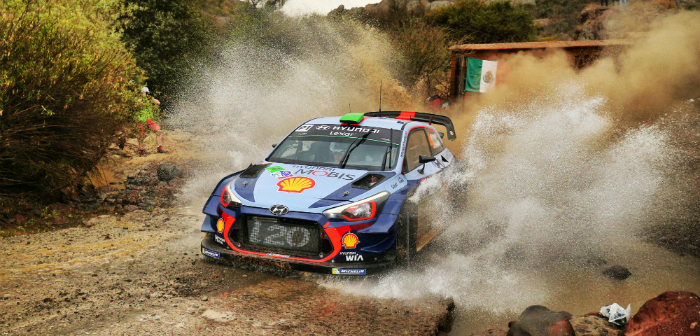French tire manufacturer, Michelin, outlines how its gravel tire strategy, and its new LTX Force S5, are already reaping benefits; with victory at the 2017 Rally México.
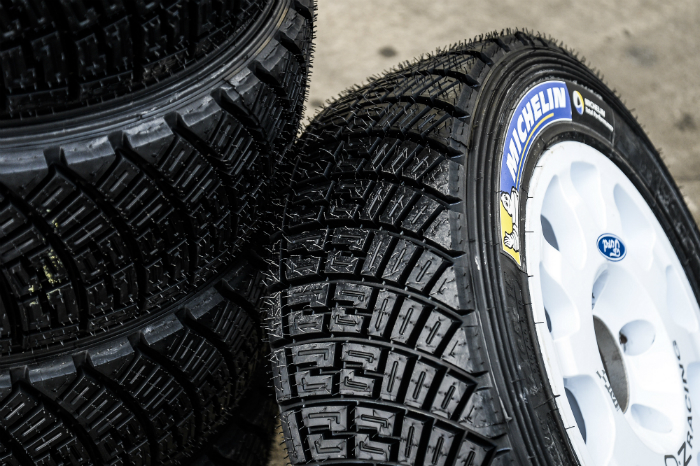
Although gravel events account for the majority of the 2017 FIA World Rally Championship’s 13- round calendar, the regulations permit just one type of tire (available in a choice of two compounds: ‘SOFT’ and ‘HARD’) – for the nine loose-surface fixtures, despite the broad spectrum of conditions crews face on them.
The first gravel rally of 2017 was this weekend’s Rally Mexico where, prior to last year, the most frequently used tire tended to be the HARD version of the Michelin LTX Force, with the SOFT alternative available in the case of wet weather. This time round, Michelin decided to rationalise its approach and Michelin Motorsport’s engineers have spent the past months optimising the firm’s LTX Force range by making the most of the opportunities permitted by the regulations. Its plan for 2017 is founded on three phases and will unfold as a function of the results observed during the season.
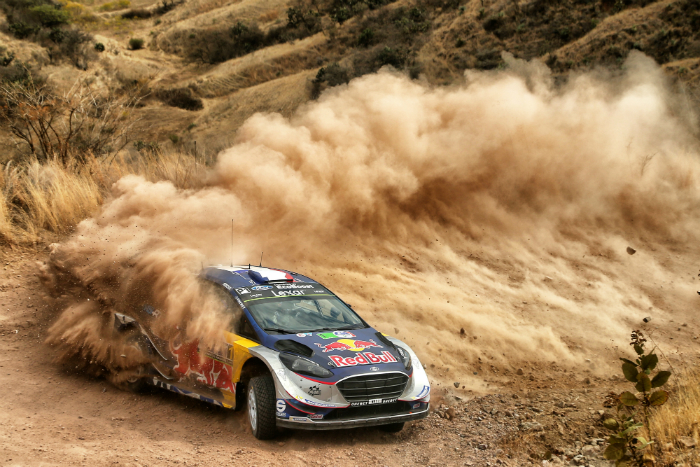 Phase 1 (Rally Mexico): the introduction of a more versatile SOFT-compound tire
Phase 1 (Rally Mexico): the introduction of a more versatile SOFT-compound tire
The new soft-compound Michelin LTX Force S5 made its debut in Mexico. Michelin’s partners got a foretaste of its potential during testing and the North American fixture gave them a chance to evaluate it at last in a competitive context.
Modifications to the regulations for 2017 and the specification of the latest-generation World Rally Cars have altered the challenge faced by the FIA World Rally Championship’s players. Higher power outputs, even more efficient aerodynamic packages and the switch to an active central differential mean the demands placed on tyres are now bigger than ever. For the season’s first two clashes, in Monte Carlo and Sweden, the previous season’s solutions were amply up to the task because Michelin had already dialled the upcoming evolutions into its solutions. For gravel, however, Michelin Motorsport has chosen to adjust the specification of its soft-compound tyre. As a consequence, the previous MICHELIN LTX Force S4 (S = soft) has been superseded by the LTX Force S5 to cover the different types of gravel visited in the course of the season.
“We have modified the tread compound to match the high performance of today’s new cars,” says Jacques Morelli, Michelin’s WRC programme manager. “The LTX Force S5 gets up to temperature just as quickly as the S4, which is vital for a quick start, while its performance has been upgraded and is more consistent, with wear rates down 20 percent in identical conditions. The new LTX Force S5 features the same casing and tread pattern as the harder-compound LTX Force H4 which is the main option for Rally Mexico because of the high vertical loads and the phenomenon of sidewall pinching. That said, the high altitudes of up to almost 3,000 metres and frequent rain in the region could result in the use of our soft tyre at times. Our Team Advisers will be on hand to advise our partners on the ideal solutions for the different conditions.”
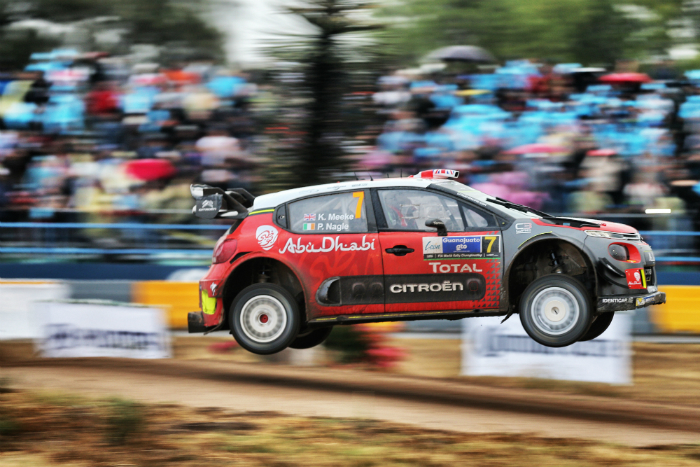 Morelli explained the thinking behind the Michelin LTX Force S5’s development:
Morelli explained the thinking behind the Michelin LTX Force S5’s development:
“If you look at the season’s nine gravel rallies, the hard compound tire is only the nominated choice in Italy, Spain and Australia where it is widely used when the conditions are dry,” Morelli continued. “We therefore decided to focus on broadening the window of the soft version of the Michelin LTX Force. Our engineers paid particularly close attention to its longevity and resistance to damage. In keeping with the Michelin Total Performance philosophy, they succeeded in achieving these qualities with no detriment to stage times.”
In Mexico, the crews took advantage of these improvements to optimise their respective tire strategies.
“It’s a shame that we only had three SOFTs with us this afternoon,” remarked Sébastien Ogier’s co-driver Julien Ingrassia (M-Sport) as the French pair checked into Friday evening’s service halt.
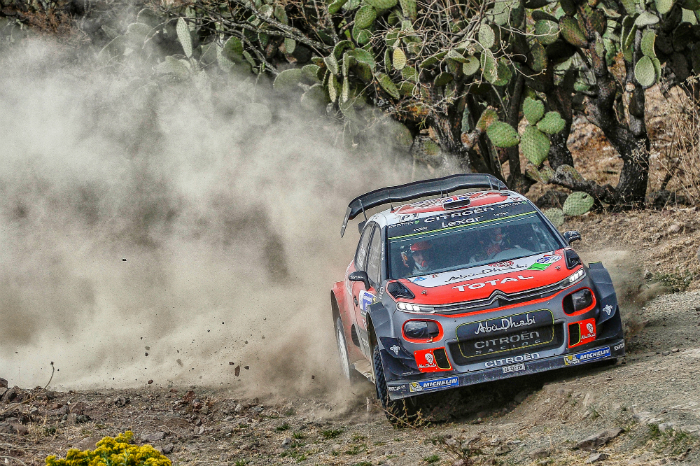 Like the French pair, the other crews soon realised that the key to success in Mexico was going to be making the most of the new Michelin LTX Force S5 as a function of the conditions.
Like the French pair, the other crews soon realised that the key to success in Mexico was going to be making the most of the new Michelin LTX Force S5 as a function of the conditions.
Despite the negative impact of the high altitudes visited by the rally on the cars’ performance, along with the event’s notoriously twisty mountain roads, the crews were able to count on their Michelin tires to put on a spectacular show for the big crowds who turned out to line the stages.
After a fiercely-fought opening leg, the outcome was all but settled on Saturday when three crews succeeded in pulling clear from the rest of the field, namely Kris Meeke/Paul Nagle (Citroën C3 WRC), Sébastien Ogier/Julien Ingrassia (Ford Fiesta RS WRC) and Thierry Neuville/Nicolas Gilsoul (Hyundai i20 WRC). These crews went on to finish in the same order, while Kris Meeke and Paul Nagle provided Citroën with its first success of 2017.
“Congratulations to Kris Meeke and Paul Nagle and to everyone at Citroën Racing! This is a demanding rally which is tough on both the crews and their cars, but they enjoyed a very reliable run,” said Michelin Motorsport director Pascal Couasnon. “Since the start of 2017, we have had three different winners in three different cars, in conditions ranging from snow and -15°C in Sweden, to 25°C on gravel here in Mexico, and temperatures around freezing point on the Rallye Monte-Carlo. Each time, our partners were able to take advantage of the safety, performance and durability of our tires.”
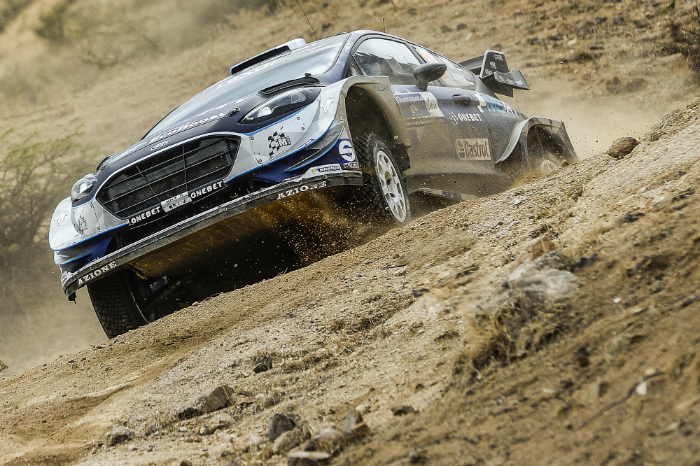 Phase 2 (Rally Italia Sardegna): signing off the HARD-compound tires on aggressive stages
Phase 2 (Rally Italia Sardegna): signing off the HARD-compound tires on aggressive stages
The next step of Michelin’s 2017 ‘gravel tire’ plan will be to verify the performance of the hard compound Michelin LTX Force H5 on what is one of the toughest dirt events of the season, namely Rally Italia Sardegna. This phase is especially important as the 2017 cars are more powerful and generate more downforce than their predecessors.
“From what we have seen in testing with our partners, we believe that our current hard-compound gravel tires are perfectly suited to the new cars and should be able to cope with Rally Italia without any problems,” observed Morelli. “If our calculations are correct, after Sardinia we should find ourselves with a sound range and a clearer picture as we turn our attention to the second half of the season.”
In the opposite case, the French firm will be called upon to rapidly develop the sixth evolution of its Michelin LTX Force gravel tire (S6 and H6 versions) with new compounds.
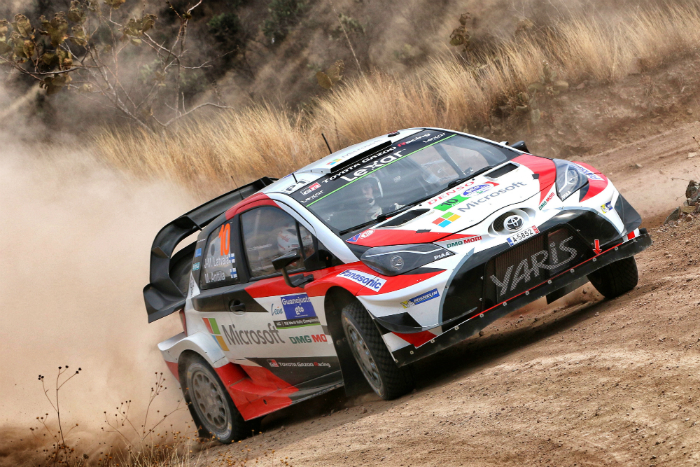 Phase 3 (Wales Rally GB): a super-soft ‘joker’ tire
Phase 3 (Wales Rally GB): a super-soft ‘joker’ tire
If Rally Italia Sardegna confirms the pertinence of Michelin’s choices, the French company will not have to play the only ‘joker’ authorised in the course of the year to introduce evolutions to its range of gravel tires, with the authorisation of the FIA.
If that is the case, Michelin Motorsport will use its ‘joker’ to conceive a super-soft tire particularly suited the traditional wet, muddy conditions encountered on Wales Rally GB towards the end of the season.
“The third part of our plan will enable us to put pressure on our competitors by providing our partners with tires that are even more competitive,” concluded Morelli. “Not all M-Sport’s Ford Fiesta RS WRCs run on our tires, so it is important for us to take advantage of this competitive context to further enhance the performance of our tires.”
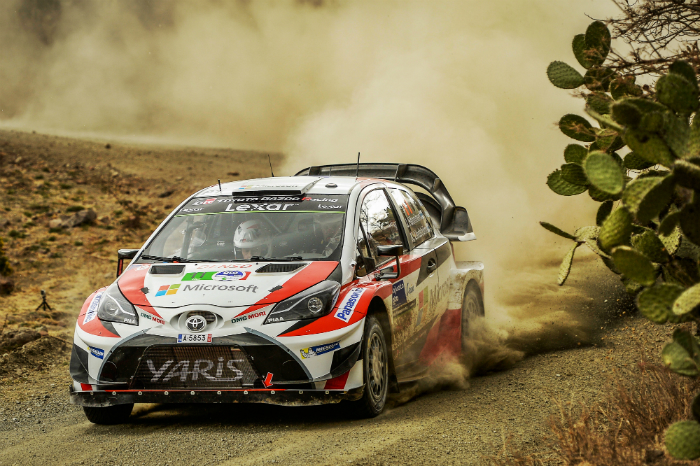 By revealing its plan in Mexico, Michelin Motorsport seeks to work with the different key phases of the season in mind to ensure the satisfaction of its partners. The next round of the 2017 FIA World Rally Championship will take teams to Corsica for Rallye de France-Tour de Corse on April 6-9.
By revealing its plan in Mexico, Michelin Motorsport seeks to work with the different key phases of the season in mind to ensure the satisfaction of its partners. The next round of the 2017 FIA World Rally Championship will take teams to Corsica for Rallye de France-Tour de Corse on April 6-9.
Submitted by: Michelin Motorsport


